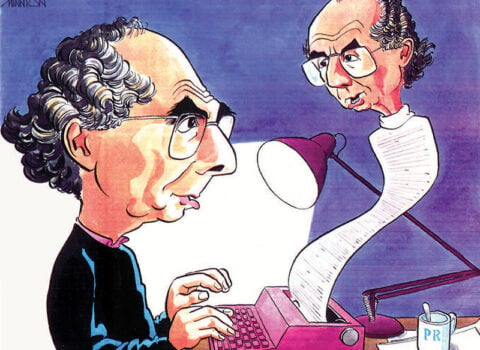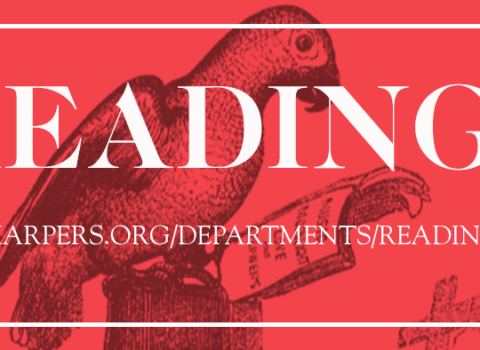To historians, the world has always imagined its own demise; to critics, the end of the world is imminent. Meanwhile, my generation demands to read both apocalypses instantly and for free—or in return for our own opinions, which we offer on similar terms. To us, Bosch’s Last Judgment is a screen saver; Terminator 2: Judgment Day is conveniently and illicitly downloaded from a server obscured within that shadow domain, .ph (the Philippines). It’s understandable, then, when professional critics nostalgize not just the culture of the past but also its technologies: the black and white of celluloid and newspapers, magazines as…
Sign in to access Harper’s Magazine
We've recently updated our website to make signing in easier and more secure
Sign in to Harper's
Hi there.
You have
1
free
article
this month.
Connect to your subscription or subscribe for full access
You've reached your free article limit for this
month.
Connect to your subscription or subscribe for full access
Thanks for being a subscriber!
Get Access to Print and Digital for
$23.99 per year.
Subscribe for Full Access
Subscribe for Full Access





























































































